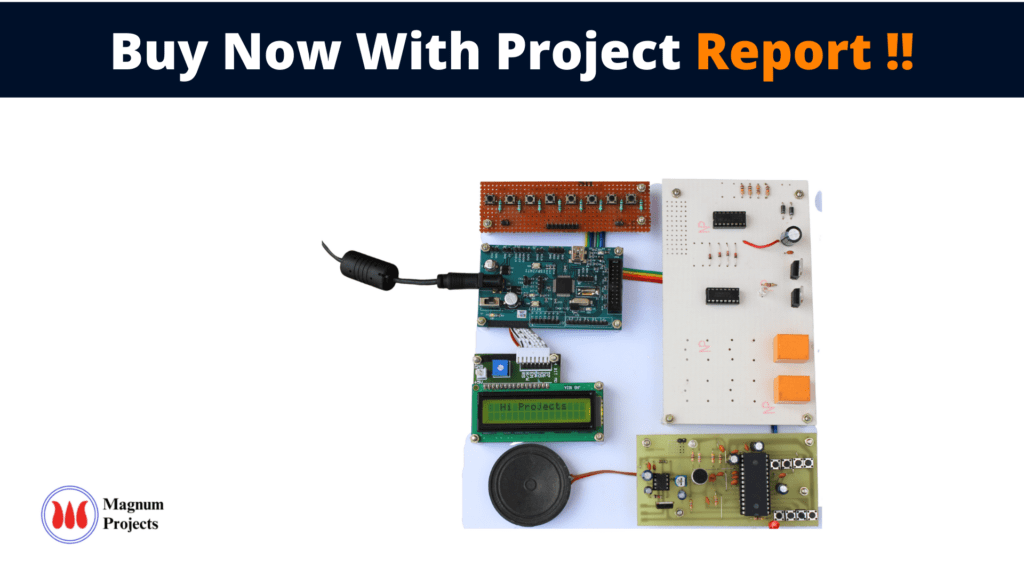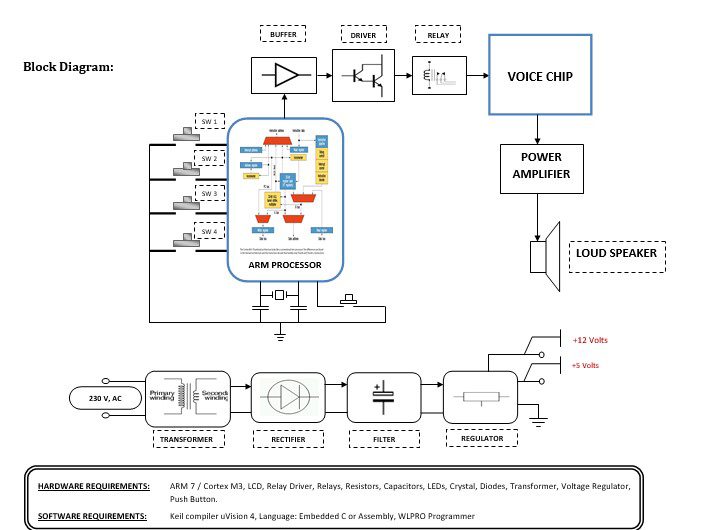Table of Contents
Introduction:


There is a continuing trend to develop terminals to deliver information and services to the general public, accessible in public locations. These terminals, or kiosks, can deliver services at the point of need (e.g. money near a shopping center, tickets in a station), and at low cost. The information contained within a stand-alone kiosk can be updated at regular intervals via CD ROM. If the kiosks are networked, information can be transmitted electronically to many sites rapidly to update the database or provide online user access. Kiosk systems present a challenge to designers if they are to be used effectively. Firstly a kiosk system has to be noticed by passers-by and the purpose of the system must be clear. Kiosk users will often be accessing the system for the first time. They may have been given introductory information on it beforehand, but the system must also appear simple and intuitive if they are to start using it. The general public will include people with very different levels of skill, experience, and confidence in using interactive computer-based systems. Therefore to be inclusive, kiosks must be designed to cater to those with limited skills or experience, and physical and cognitive impairments, and should be supportive towards those who are inhibited from interacting with them in a public area. Systems are normally designed to be used on a casual ‘walk up and use’ basis. This also means that kiosk systems should be as self-explanatory as possible. Users may have little time in which to use the system, so it must be capable of producing information or services quickly. Finally, if a user becomes stuck they will not necessarily feel impelled to continue with the interaction. Thus the system must be understandable at all stages of the interaction process, and return automatically to its initial state if it becomes abandoned. This paper presents guidelines on the human aspects of kiosksystem design drawn from the literature and the author’s own experience of research into such systems.


Block diagram explanation:
Power supply unit:
This section needs 2 voltages +12 and +5 Volts, as working voltages Hence specially designed power supply is constructed to get a regulated power supply.
ARM 7:
The heart of the system is the microcontroller which will access the data. In our project, ARM7 is used. The ARM7 which we used for our project is LPC2148 (PHILLIPS) ARM7 is a high-performance, low-cost, low-power consumption RISC processor. For a variety of areas, such as embedded control, multimedia, DSP, and mobile applications, ARM architecture is the first RISC microprocessor designed for the low-budget market. The embedded operating system will be subject to certain restrictions. But because of its low price, reliability, and other factors, it is widely used in various industrial controllers.
Buffer:
Buffers do not affect the logical state of a digital signal (i.e. a logic 1 input results in a logic 1 output whereas logic 0 input results in a logic 0 output). Buffers are normally used to provide extra current drive at the output but can also be used to regularize the logic present at an interface.
Driver:
This section is used to drive the relay where the output is the complement of input which is applied to the drive but the current will be amplified.
Relay:
It is an electromagnetic device that is used to drive the load connected across the relay and the o/p of the relay can be connected to the controller or load for further processing.
Switches:
In electrical engineering, a switch is an electrical component that can break an electrical circuit, interrupting the current or diverting it from one conductor to another. A switch may be directly manipulated by a human as a control signal to a system. Automatically operated switches can be used to control the motions of machines.
Voice recorder:
The aPR33A series are powerful audio processors along with high-performance audio analog-to-digital converters (ADCs) and digital-to-analog converters (DACs). The aPR33A series is a fully integrated solution offering high performance and unparalleled integration with analog input, digital processing, and analog output functionality. High-quality audio/voice systems with lower bill-of-material costs can be implemented with the aPR33A series because of its integrated analog data converters and a full suite of quality-enhancing features such as sample-rate converters.
In this messages must be recorded or played back sequentially, specially designed for simple key triggers, the user can record and playback the message. Meanwhile, this mode provides a power-management system.
Methodology:
The project consists of a switches unit consisting of appropriate switches, a controller, and a voice announcement speaker with a voice kit. If the person wants to know the information of the location where he is there, for that he needs to press the switch. If the switch is pressed, the pressed switch will indicate the requirement of the person like information about the location. The signal from the switch is given to the controller. Then the controller will indicate the pressed key via display and the same information announce corresponding voice information about the location of the place.
Applications:
- Public and private transportation.
- Location searching.
- Espionage/surveillance.
- Useful for the visually impaired as an information guide.
- Can also be used as a location identifier using suitable modifications.
- Can be used for providing security against theft and enemy alerts for blind people.
- Can be implemented in trains and buses to provide information about the upcoming stations to the passengers.
Advantages & Disadvantages:
Advantages:
- An automatic way of finding the information of the location.
- Consumes less power.
- Provides very accurate data via the Zigbee system.
- Facilitates simple asset recovery and tracking.
- Helps the visually disabled to navigate safely.
- Improving the capacity of the system helps to cover large areas.
Disadvantages:
- The only thing that is clear about constitutional protections for location-based service information is the lack of clarity.




